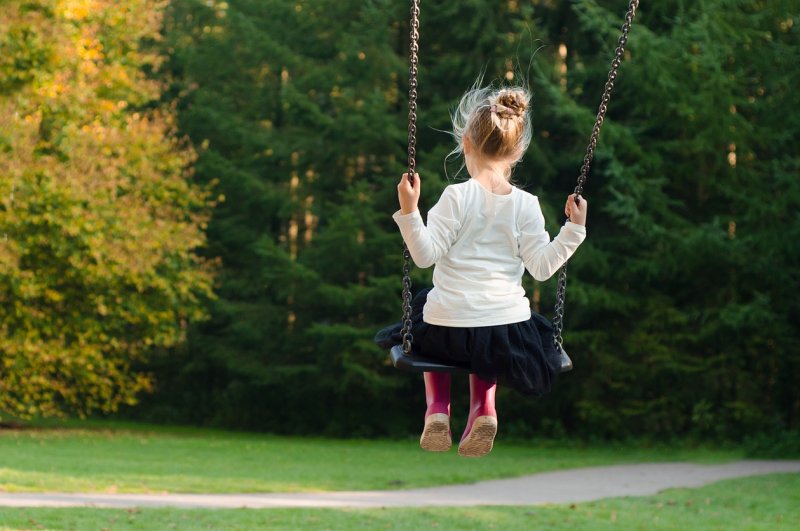Mexico to send aquatic drone into shaft with trapped miners
yesterday

National Guards stand along the road that leads to where miners are trapped in a collapsed and flooded coal mine in Sabinas in Mexico's Coahuila state, Thursday, Aug. 4, 2022. The collapse occurred on 10 miners after they breached a neighboring area filled with water on Wednesday, officials said. (AP Photo/Elizabeth Monroy)
MEXICO CITY (AP) — Mexico will attempt to send an aquatic drone into a collapsed coal mine where 10 miners have been trapped since last week.
Laura Velázquez, national Civil Defense coordinator, said Monday that images from the drone could help authorities decide whether to send in divers without putting them at risk.
She also said that 25 pumps were working to remove water from the flooded shafts. Water that was once 111 feet (34 meters) deep was now between 55 and 78 feet (17 and 26 meters) deep.
The mine in Sabinas, Coahuila about 70 miles southwest of Eagle Pass, Texas, collapsed last Wednesday with 15 miners inside. Five managed to escape with injuries. Authorities say the miners breached a neighboring space filled with water. There has been no contact with the remaining 10.
The miners’ families are desperate and some complained Sunday that President Andrés Manuel López Obrador gave them little information when he visited the site.
“I appreciate that he has come to take a photo with my pain, the pain of my family and the pain of everyone of us here,” said Lucía Rodríguez, mother of one of the miners, in a video circulated on social media. “I hope that his photographs serve his policy well.”
The president said that as a public servant you have to be willing “to always pay the tax of humiliation,” but that his conscience is clear because the rescue teams arrived to the site in two hours and have been working day and night to rescue the miners.
The state and federal prosecutor’s offices have opened investigations to determine those responsible for the accident. Such small mines are often the result of locals who get concessions and then contract teams of miners. Experts say they seldom have the safety plans and equipment necessary to reduce the risk of accidents.
In June and July of 2021, cave-ins at two Coahuila mines claimed the lives of nine miners.
Mexico’s worst mining accident also occurred in Coahuila on Feb. 19, 2006, when an explosion ripped through the Pasta de Conchos mine while 73 miners were inside. Eight were rescued with injuries including serious burns. The rest died and only two of their bodies were recovered.
López Obrador’s administration promised two years ago to recover the remaining 63 bodies, a highly technical endeavor that has still not begun.











